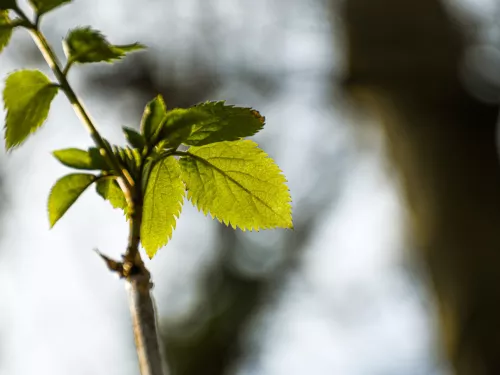
Spring on the wing: April on Hothfield Heathlands
Hothfield Heathlands volunteer & writer, Margery Thomas, explores what the reserve is like at this time of year.

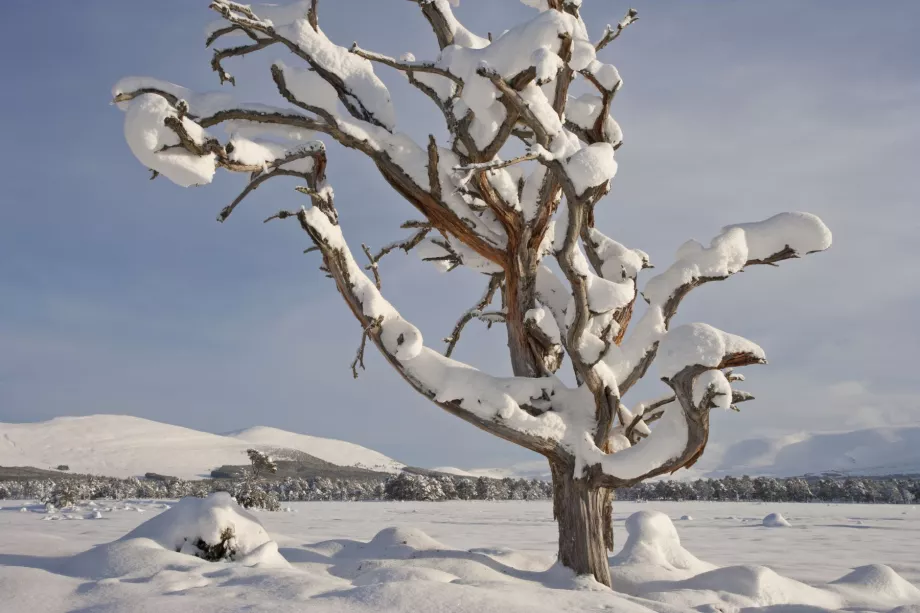
©️ Mark Hamblin
Woodlands play a vital role in providing both habitat and foraging opportunities for birds, as well as habitat for hibernating species. Mammals, amphibians, and reptiles, as well as many insect species hibernate in woodlands during the winter months. Consider leaving some larger standing deadwood and brush piles as shelter for wildlife. If you have a water source, ensure it remains unfrozen to provide a vital drinking resource for animals.
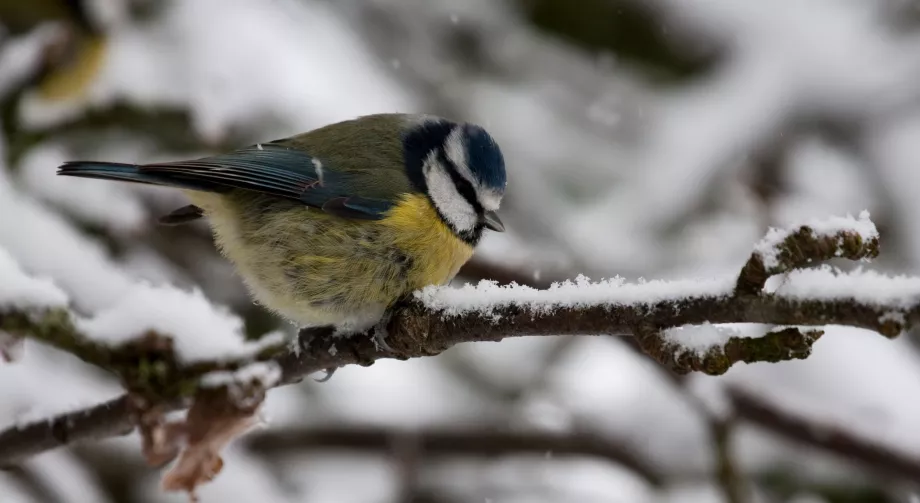
© Vaughn Matthews
Protective guards should be installed around young, establishing, or coppiced trees to prevent browsing by deer. It is also a good time to remove any old tree guards from trees which no longer need them (are mature enough), or guards which need replacing. Cutting bracken, bramble, or weeds from around the base of newly establishing trees is a good idea in autumn/winter when their growth rate naturally slows.
Managing woodland for biodiversity is a year-round commitment, and careful planning during the colder months can pay dividends in terms of improving woodland health, enhancing wildlife habitat, and potential income. For further information, please get in touch with us directly at [email protected]

Hothfield Heathlands volunteer & writer, Margery Thomas, explores what the reserve is like at this time of year.
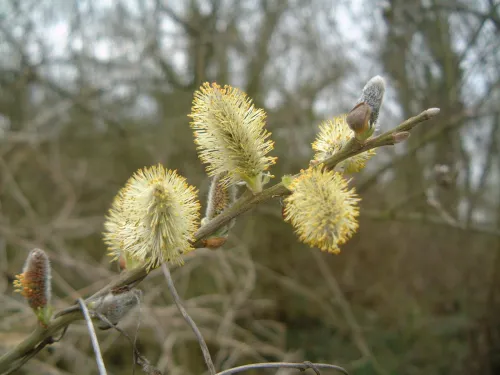
Long-time volunteer, Margery Thomas, tells all about March on our Hothfield Heathland reserve!
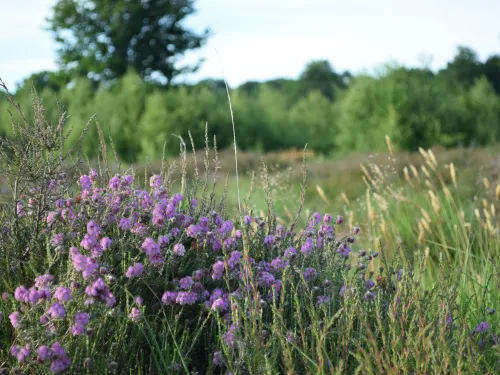
Ashford Area Warden Will Glasson reflects on his first full year working across the local sites in this blog, co-written with long-time volunteer Margery Thomas.